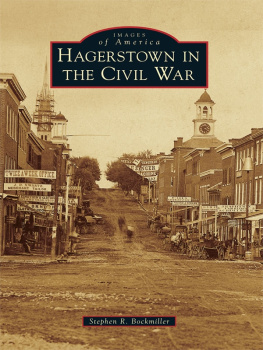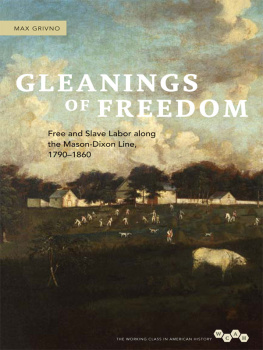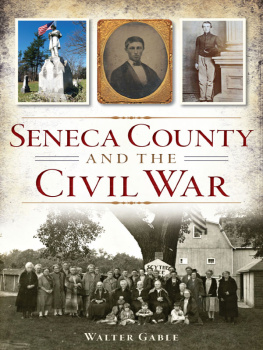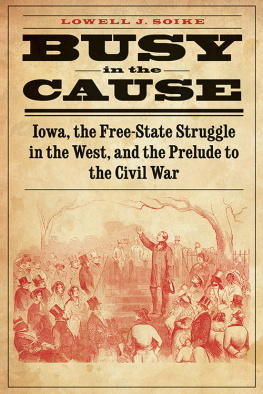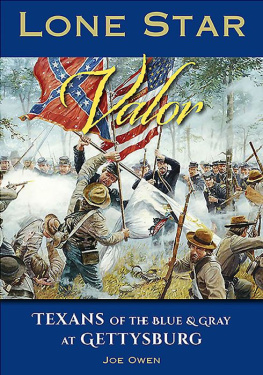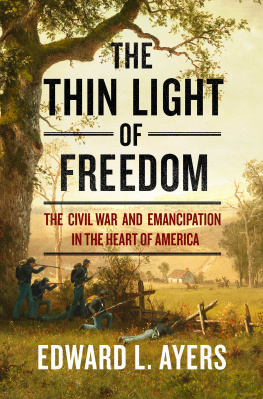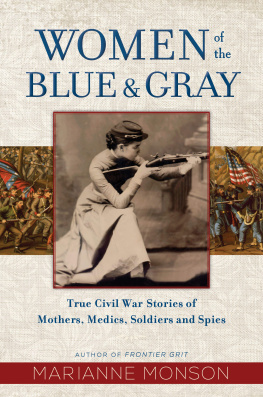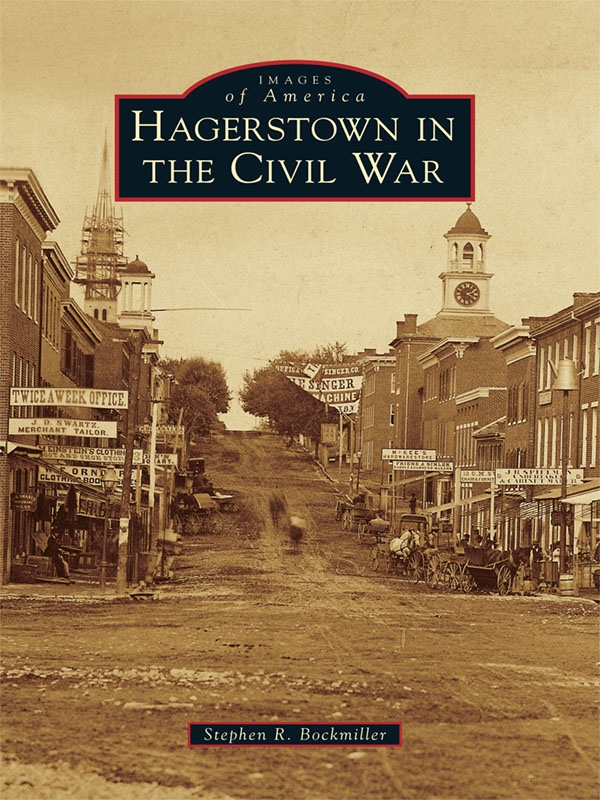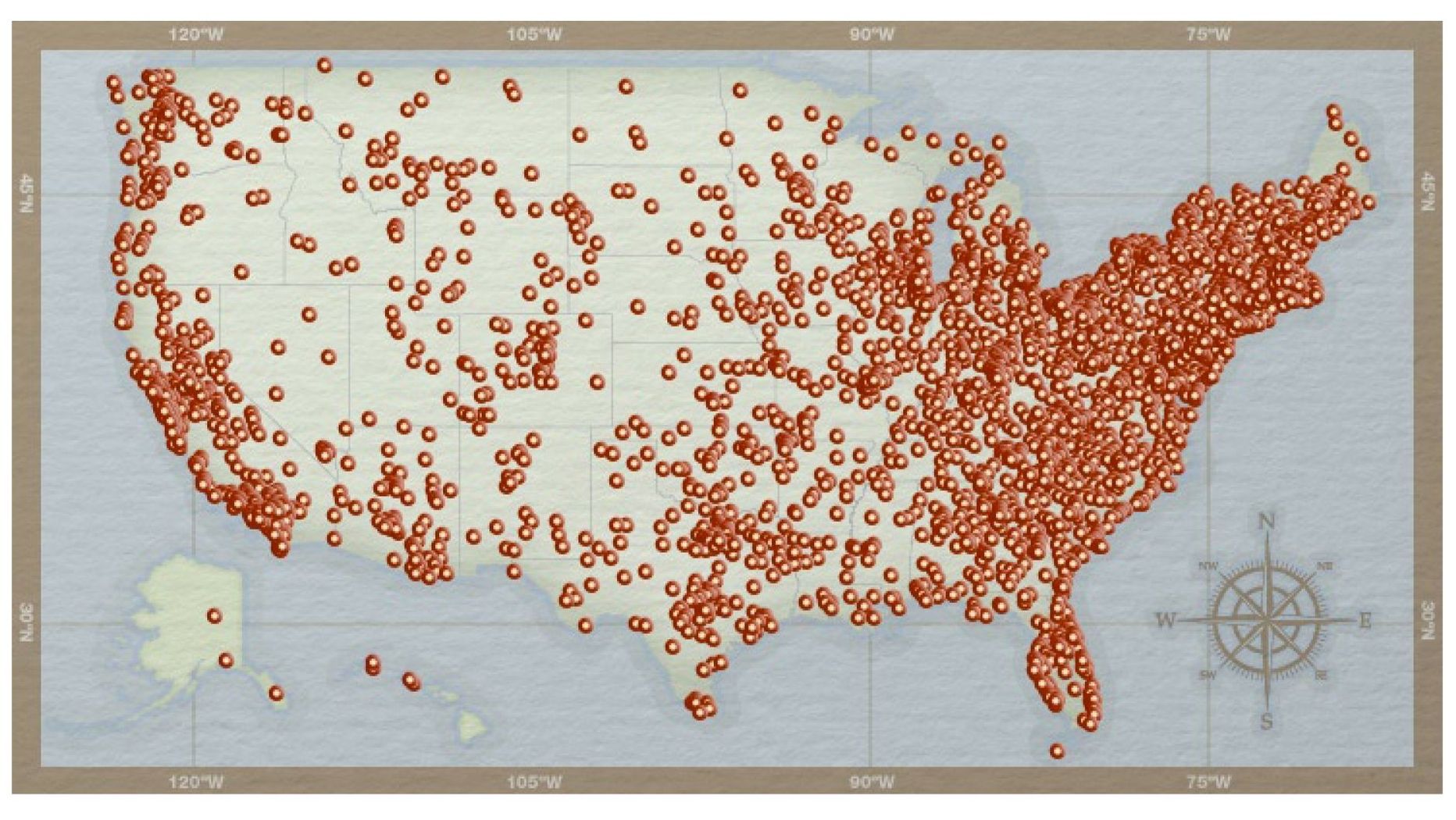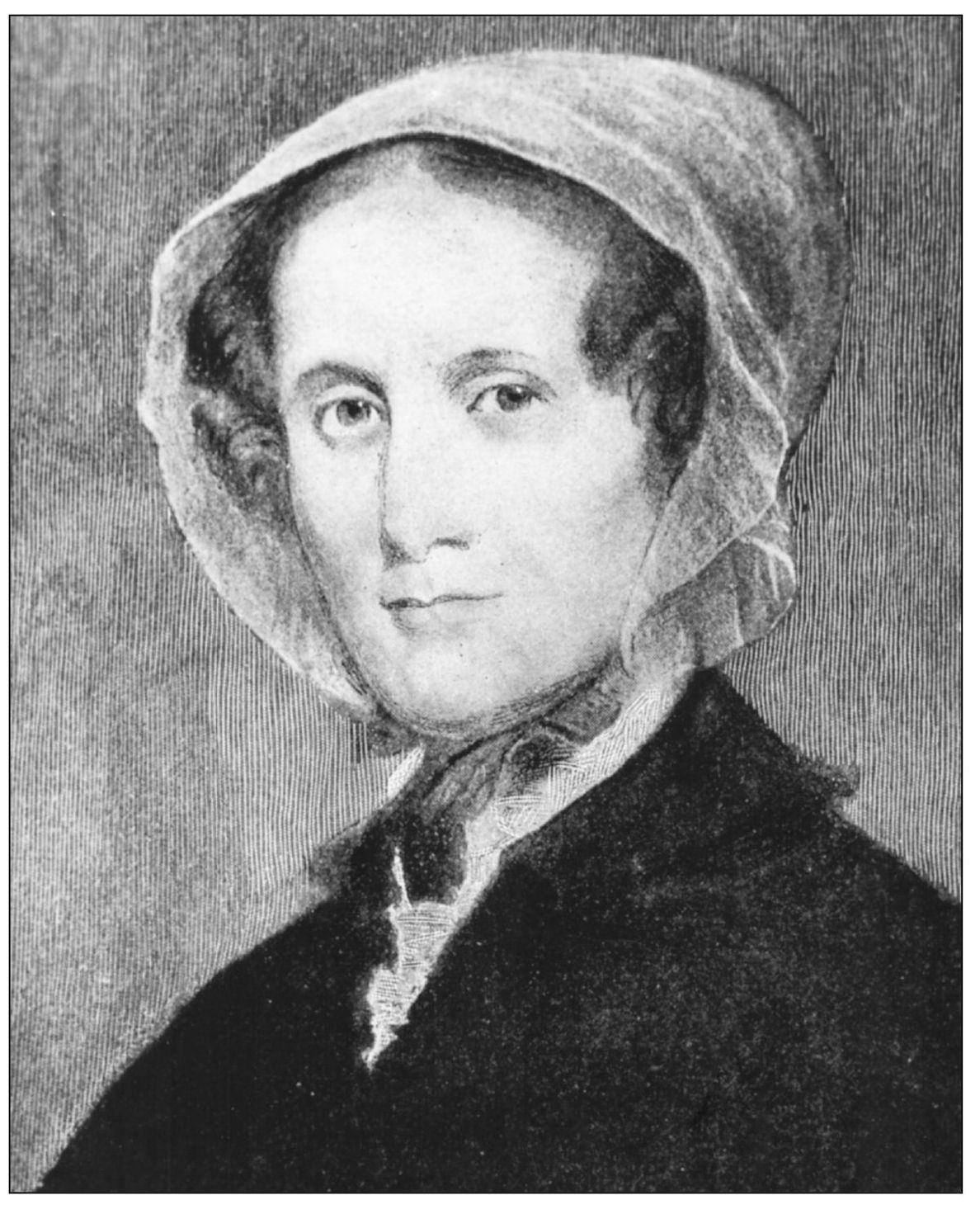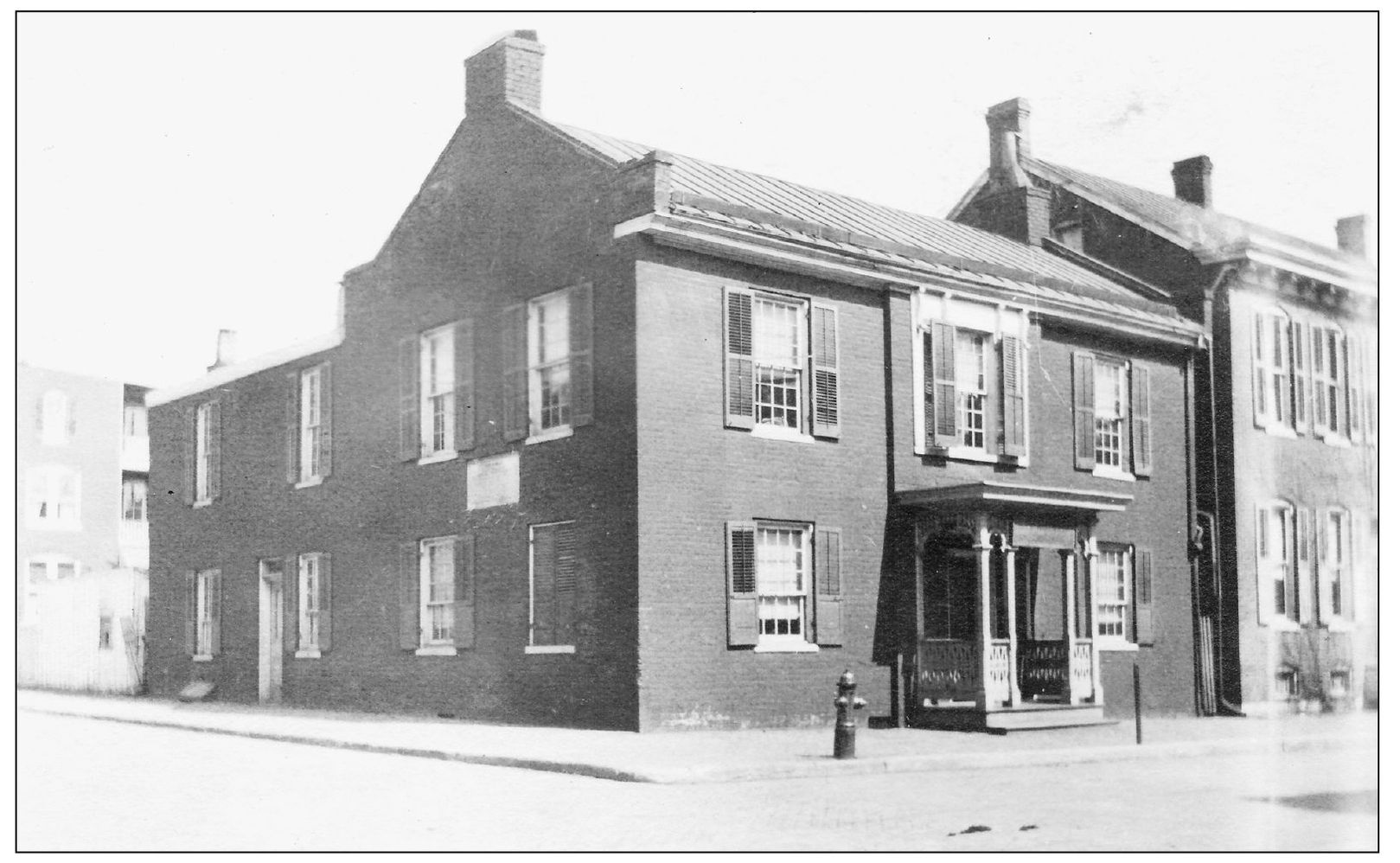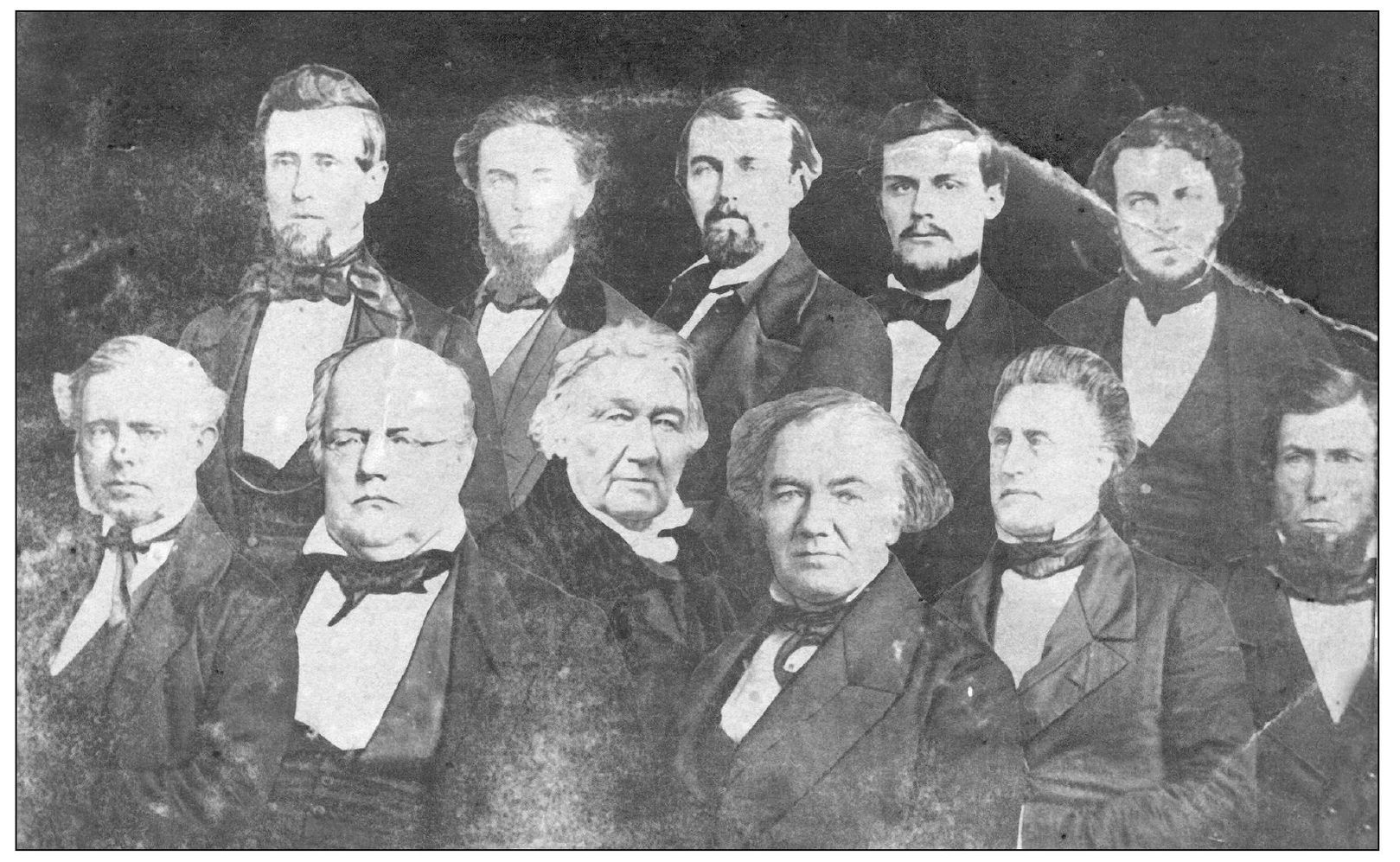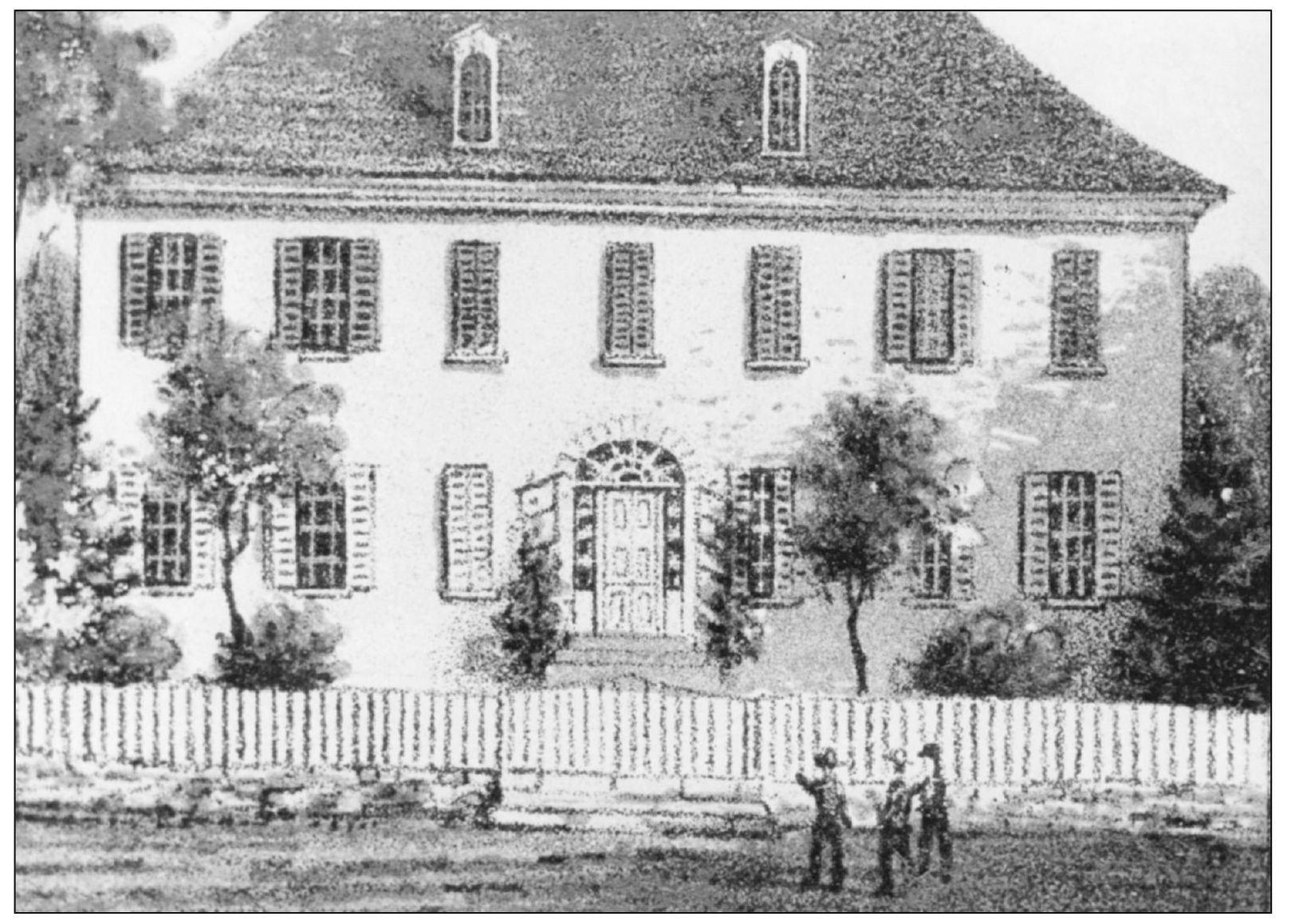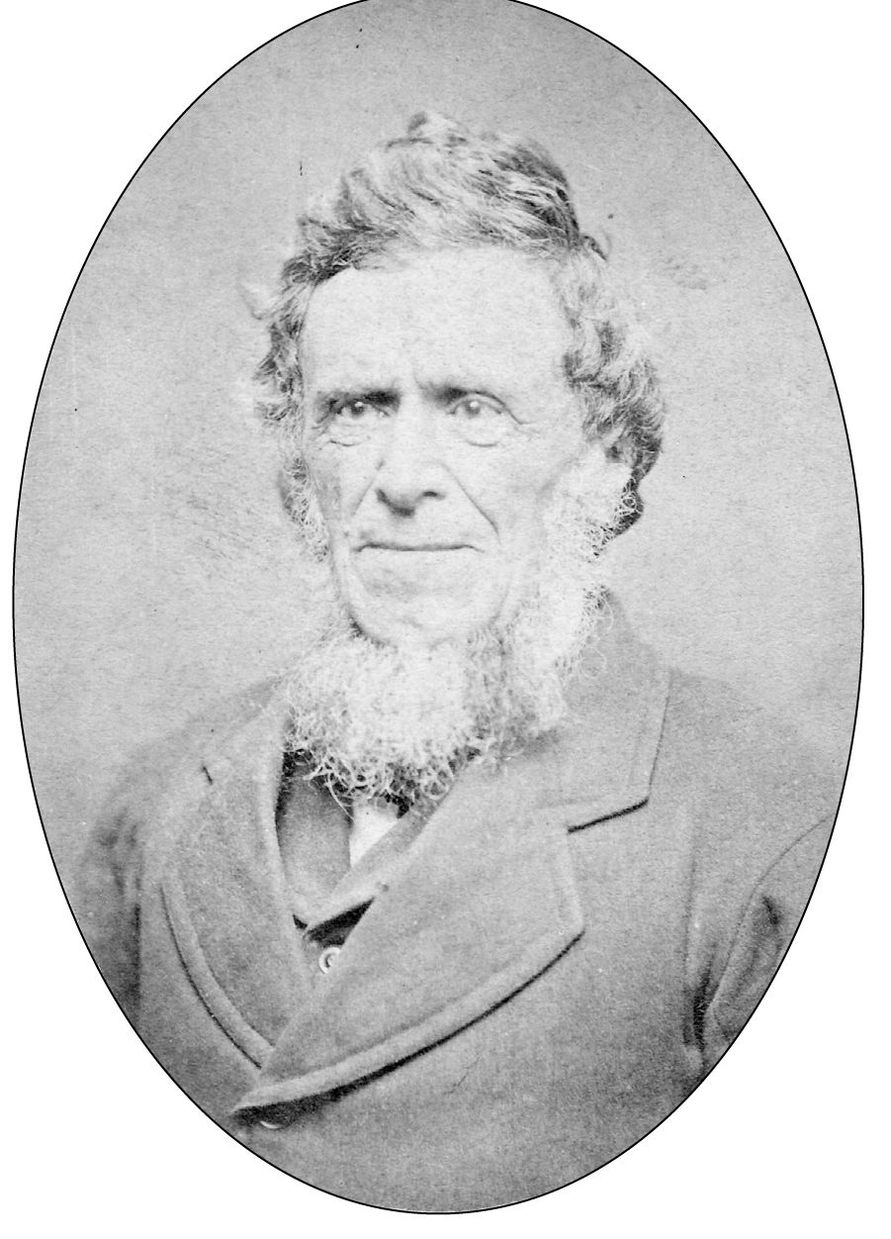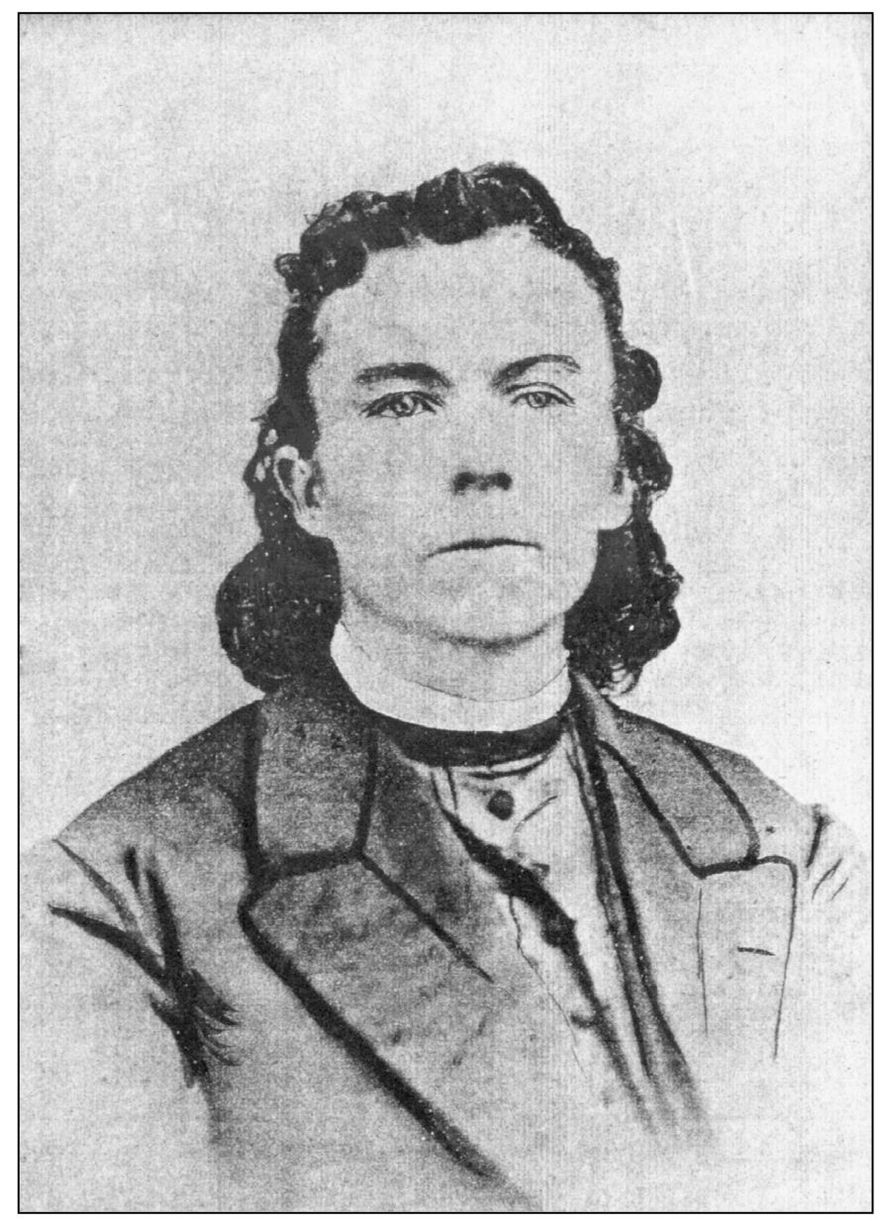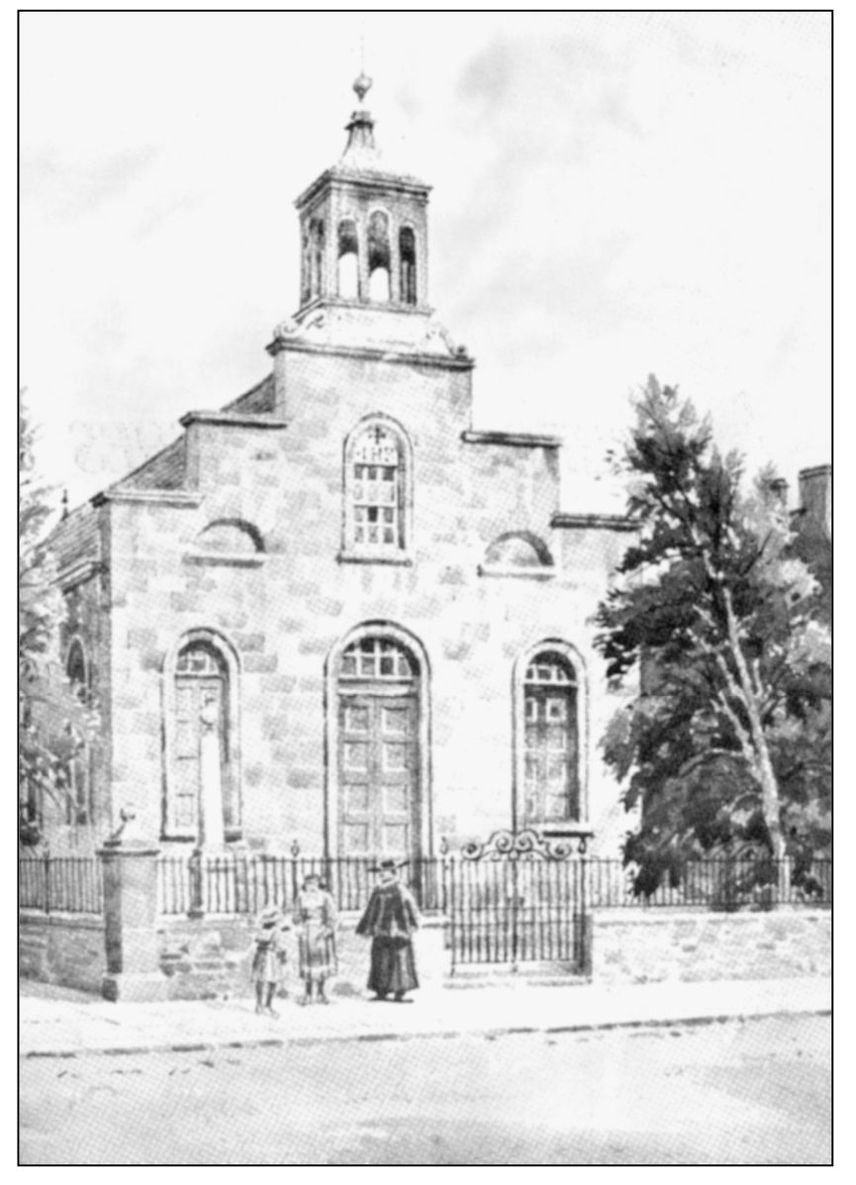ACKNOWLEDGMENTS
The City of Hagerstown is grateful to the following persons and organizations whose cooperation and support were essential in preparing this work: the Hagerstown/Washington County Convention and Visitors Bureau, Thomas B. Riford, president and chief executive officer; the Heart of the Civil War Heritage Area, Elizabeth Scott Shatto, director; the Washington County Historical Society, Linda Irvin-Craig, director, and Cathy Landsman, registrar; the Western Maryland Room of the Washington County Free Library, John Frye, manager; the Maryland Cracker Barrel magazine, Frank and Suzanne Woodring, publishers; Clif Hyatt, the U.S. Army Heritage and Education Center, Carlisle, Pennsylvania; the Library of Congress; the U.S. Senate Historical Office; the Town of Sandy Creek, New York, Charlene Cole, historian; the Georges Creek Historical Society, Lonaconing, Maryland; the National Park Service; Capt. Justin Mayhue of the Hagerstown Fire Department; Western Enterprise Fire Company; John Gartrell, Baltimore Afro-American newspaper; Kathleen A. Maher, Hagerstown city planning director; Doug Bast, Boonsboro Museum of History; Stacks Rare Coins, New York, New York; the Margurite Doleman Museum Collection, Hagerstown, Maryland; Lt. Margaret Kline, Hagerstown Police Department (retired); Cynthia Blackstock; William Theriault; Daniel C. Toomey; Joe Bloom; Ted Alexander; Dorothy Smith; Lawrence J. Bopp; Frederick D. Shroyer; Dr. Thomas E. Clemens; Ellen DiBiase; Lewis Mountcastle; Robert Figenshu; Bradley Forbush; Frances Lowrey Brasher; Donald Beagle; Susan Howe; Michael Pekosky; Dr. Mark Bond; Timothy R. Snyder; Charles Mobley; Dennis Easterday; Roger Keller; Dr. Paula Reed; Richard E. Clem; Stephen Donches; Richard Armstrong; Ben Hawley; Greg French; Dave Mark; the American Antiquarian Society, Worcester, Massachusetts; Jim Wolfson; Historical Image Bank; and the West Virginia State Archives. The author also wishes to extend a very special thank-you to his wife, Stefania, and daughter Sarah, who tolerated the overtime and extensive at-home research that he devoted to making this project possible.
All images are credited to their owner or custodian. Images in the collection of the Western Maryland Room, Washington County Free Library are denoted by WMR-WCFL. Images in the collection of the Washington County Historical Society are denoted by WCHS. Images in the collections of the U.S. Army Heritage and Education Center are denoted with USAMHI, followed by special collection references.
The authors acquisition of images has been financed in part by a grant from the HagerstownWashington County Convention and Visitors Bureau and by a grant from the Heart of the Civil War Heritage Area, with funds from the Maryland Heritage Areas Authority, an agency of the State of Maryland. The contents and opinions contained here, however, do not necessarily reflect the views or policies of the Maryland Heritage Areas Authority.
Find more books like this at
www.imagesofamerica.com
Search for your hometown history, your old
stomping grounds, and even your favorite sports team.
One
A SLEEPY COUNTY SEAT ANTEBELLUM HAGERSTOWN
Lucretia Hart was born in Hagerstown in 1781 and moved with her family to Lexington, Kentucky, at age 3. In 1799, she married a young man with much promise. His name was Henry Clay. Clay was a contender for the presidency in three unsuccessful attempts. Had he succeeded, Hagerstown could have boasted of being the home of a first lady. Nonetheless as a senator and secretary of state, Clay, known as the Great Compromiser, would become a major figure in forging the political environment that led to Civil War.
(WMR-WCFL.)
The Hagerstown Charity School was founded in 1815 by the Hagerstown Female Society with the mission of educating the underprivileged children of mothers who had to work due to the loss of their husbands. The Charity School building, which dates to about 1840, is located at the corner of Locust and East Washington Streets. Founded in 1906, the Hagerstown Day Nursery has occupied the site for over a century. (WCHS.)
This historic collage depicts the prominent doctors of Washington County during the Civil War period. They are, from left to right, James B. McKee, Ezra Wise, Dr. Duckett, Charles McKee, Frederick Dorsey Sr., Frederick Dorsey Jr., Claggett Dorsey, Charles G. W. MacGill, Charles MacGill, Samuel Lungren, and Norman Bruce Scott. The MacGills served the Confederacy. (WCHS.)
The Hagerstown Academy was established in 1810 and was located in the middle of what is now the 100 block of South Prospect Street. Used as a military hospital at times during the Civil War, the school was the alma mater of most of Hagerstowns prominent native sons. The building was demolished to extend South Prospect Street to Heysers Woods (todays City Park). (City of Hagerstown.)
Prof. George Pearson taught at the Hagerstown Academy. The exact dates of his service on the faculty are not known. (WCHS.)
Abram Ryan was born near Hagerstown in 1838 and baptized at St. Marys Catholic Church. His family later moved to Missouri, and he was ordained a priest in 1860. It appears Ryan served informal stints as a freelance chaplain with Louisiana troops until his brother died of wounds in early 1863. Soon thereafter, he began serving full time as a chaplain. He was at the Battles of Franklin and Nashville in 1864. In the summer of 1865, his poem The Conquered Banner appeared in a New York newspaper and gained fame. He founded The Banner of the South , a weekly religious and political paper tinged with nostalgia of the Confederate army. For his lifes work, Abram Ryan became known as The Poet-Priest of the Confederacy. (Donald Beagle, Belmont Abbey College.)
St. Marys started off as a log mission church and was the first Catholic church in Washington County. As the congregation grew, a new brick church was constructed on the northeast corner of West Washington and Walnut Streets in 1818. It has served as the central church for Hagerstown area Catholics for nearly 200 years. This drawing illustrates the appearance of the church during the Civil War years. Around 1870, the building was heavily renovated to create the front foyer and bell tower seen today. ( Maryland Cracker Barrel. )

